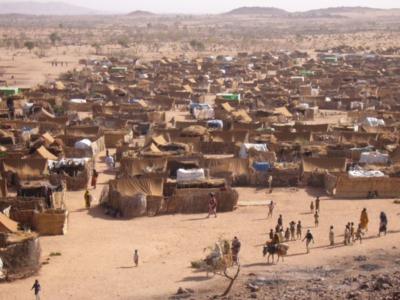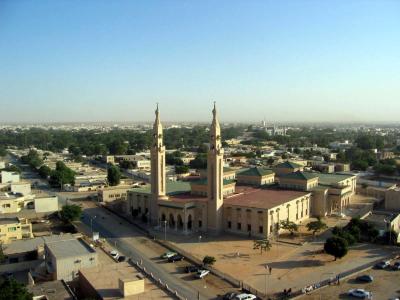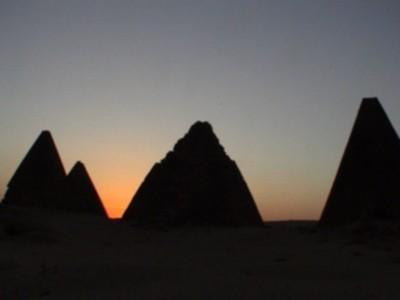The Sahel is a vast region that serves as a geographical bridge between the arid Sahara Desert to the north and the more fertile Sudanian Savannas to the south. Stretching approximately 5,400 km from the Atlantic Ocean to the Red Sea, the Sahel covers a belt up to 1,000 km wide across the African continent. This region is characterized by its semi-arid climate, with hot temperatures and seasonal rainfall that supports a variety of grasslands, savannas, and shrublands. The Sahel is home to diverse flora and fauna adapted to these conditions, including migratory birds, camels, and gazelles.
Historically, the Sahel has been a cradle of rich cultures and early agricultural civilizations, with the Sahelian kingdoms once flourishing in this transitional zone. However, the region faces significant challenges such as desertification, soil erosion, and political instability. Recent droughts have exacerbated food and water shortages, while high birth rates contribute to rapid population growth, putting further strain on the natural resources.
Despite these challenges, the Sahel remains a region of great ecological and cultural significance. Efforts to combat desertification and promote sustainable development are ongoing, with the aim of preserving the Sahel's unique environment and improving the livelihoods of its inhabitants. The resilience of the Sahelian people, their cultures, and the natural environment is a testament to the enduring spirit of this pivotal region of Africa.





